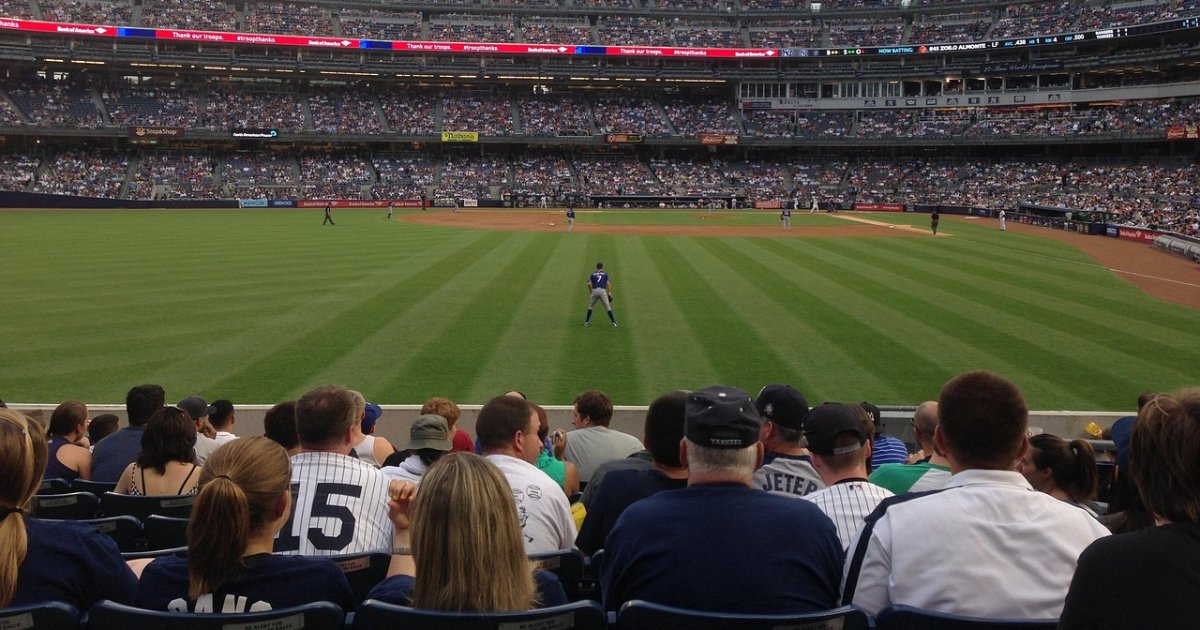Sports Leagues Focus on On-Site Merchandise

By Mark Seavy
Broadcast rights and sponsorships remain top revenue drivers for emerging sports leagues, but licensing and merchandising sales are increasingly key components from the start. And, with in-venue retail pop-ups, leagues can take advantage of each sporting event to connect with fans in the moment.
This strategy is especially important because, while sales of branded merchandise won’t match the revenue from sponsorships, they do raise awareness at a time when many new leagues are still finding their footing.
Grand Slam Track, for example, sold out its initial assortment of t-shirts and caps sourced by Coleman House, which operated a merchandise pop-up store last weekend at its first event in Jamaica. And licensee Parkside Collectibles is readying a “Pronto” series of cards featuring the winning athletes at the event.
The United Soccer League (USL), meanwhile, is said to be readying a licensing program for its Division 1 soccer league—which is set to launch in 2027—as a first step in what is planned to be a three-tier professional system separate from Major League Soccer.
In fact, this focus on licensed merchandise—particularly in-venue merchandise at sporting events—has been so successful in growing the profiles of emerging organizations that more established leagues are also increasing their use of the strategy.
World Rugby, for example, recently signed with Fanatics to launch an in-venue retail and licensing program that includes the men’s Rugby World Cup in 2027 and the women’s world cup the following year. And that was in addition to Fanatics’ existing rugby-related agreements with New Zealand Rugby and others.
Fanatics is also giving a new spin to its in-venue product sales for Major League Baseball’s Baltimore Orioles, Chicago White Sox, and Washington Nationals, with the latter including a 10,000-square-foot in-venue retail store that carries 30% more space for merchandise.
Licensed merchandise is “on everybody’s radar now,” said Steve Scebelo, President of REP Worldwide, which is handling licensing for Grand Slam Track. “The Fanatics effect on sports licensing has raised the awareness across the board and leagues come in knowing it is part of the tool kit and a core component for revenue and awareness. The awareness level is there from the start now, and on-site merchandise is part of the strategy.”
That revenue and awareness is spreading across many standalone sporting events in addition to the professional leagues. Overall, licensed sports merchandise sales, which include the in-venue business, are forecast to increase 4.9% annually through 2035 to hit $54.6 billion (up from $35.5 billion in 2024).
Recent events that featured exclusive merchandise illustrate that ongoing increase in sales. Fanatics, for example, posted $40 million in sales from MLB’s Tokyo Series between the Los Angeles Dodgers and Chicago Cubs that took place in Japan in March. As part of the strategy, Fanatics partnered with Japanese artist Takashi Murakami on limited edition merchandise and trading cards from its Topps Division, which saw sales in Japan hit $22.6 million last year, up from $1.2 million in 2021. Fanatics itself posted $8.1 billion in revenue in 2024, a 15% increase from the previous year. Fanatics’ core apparel and merchandise accounted for 77% ($6.2 billion) of total revenue.
Legends, meanwhile, operated a 25,000-square-foot Tennis Paradise Shop in March at the BNP Paribas Tennis Open in Indian Wells, CA. That effort posted an 18% increase in revenue compared to 2024 with $14 in average spending (up 20%), the company said. The shop featured more than 1,000 SKUs across 40 brands.
“Anyone going into a new venture is looking at how to get cash positive or have some sort of revenue built into day one operations,” said Matt Peek, Co-Founder of Parkside Collectibles, which has a licensing agreement for trading cards with the National Women’s Soccer League (NWSL) and the IndyCar racing series. “There is a healthy interest in connecting with the fans on the macro level and, for any league that is emerging and starting, it is about looking to cultivate that relationship. Ultimately, it should bring the fans back time and time again.”




